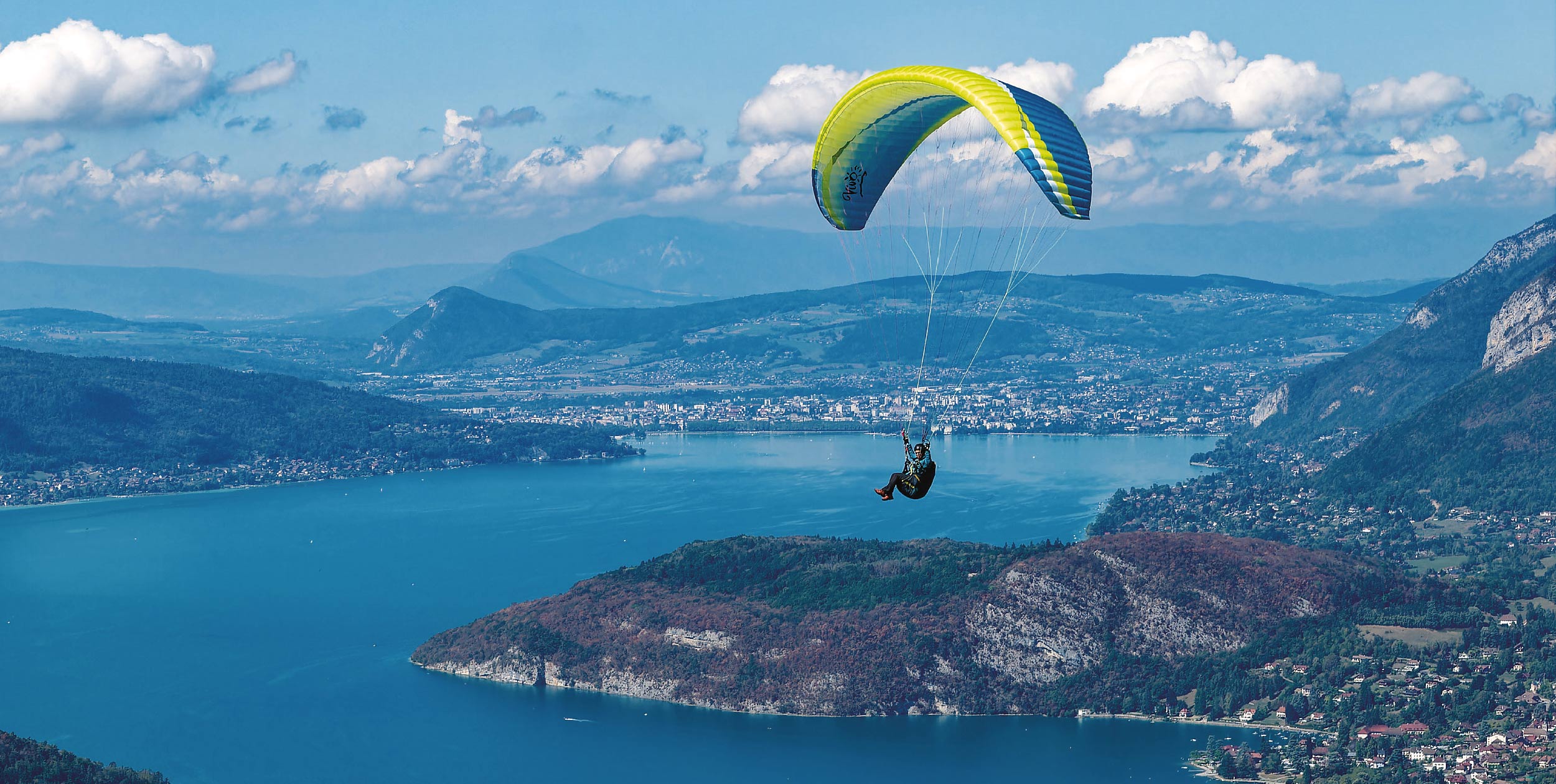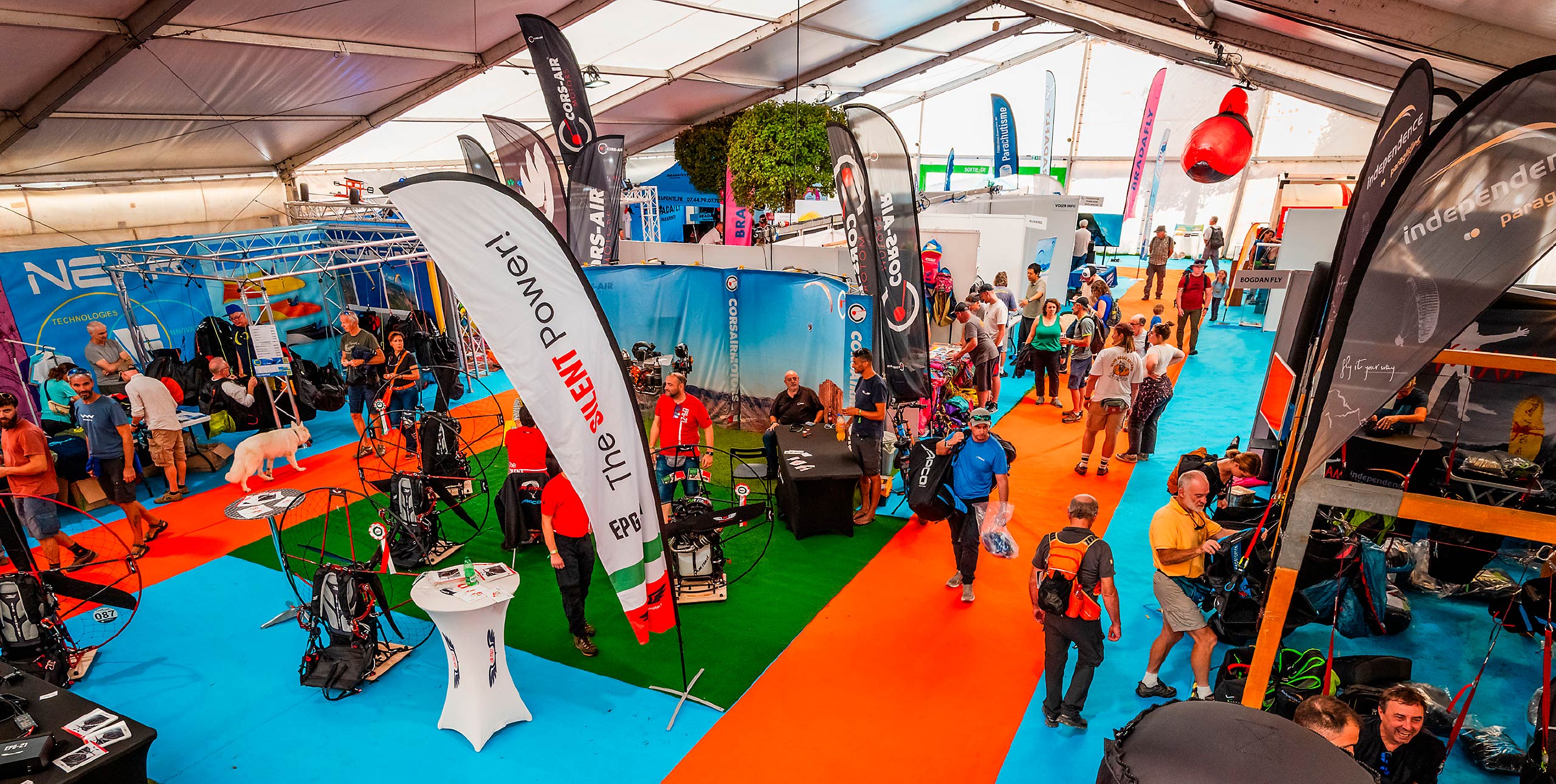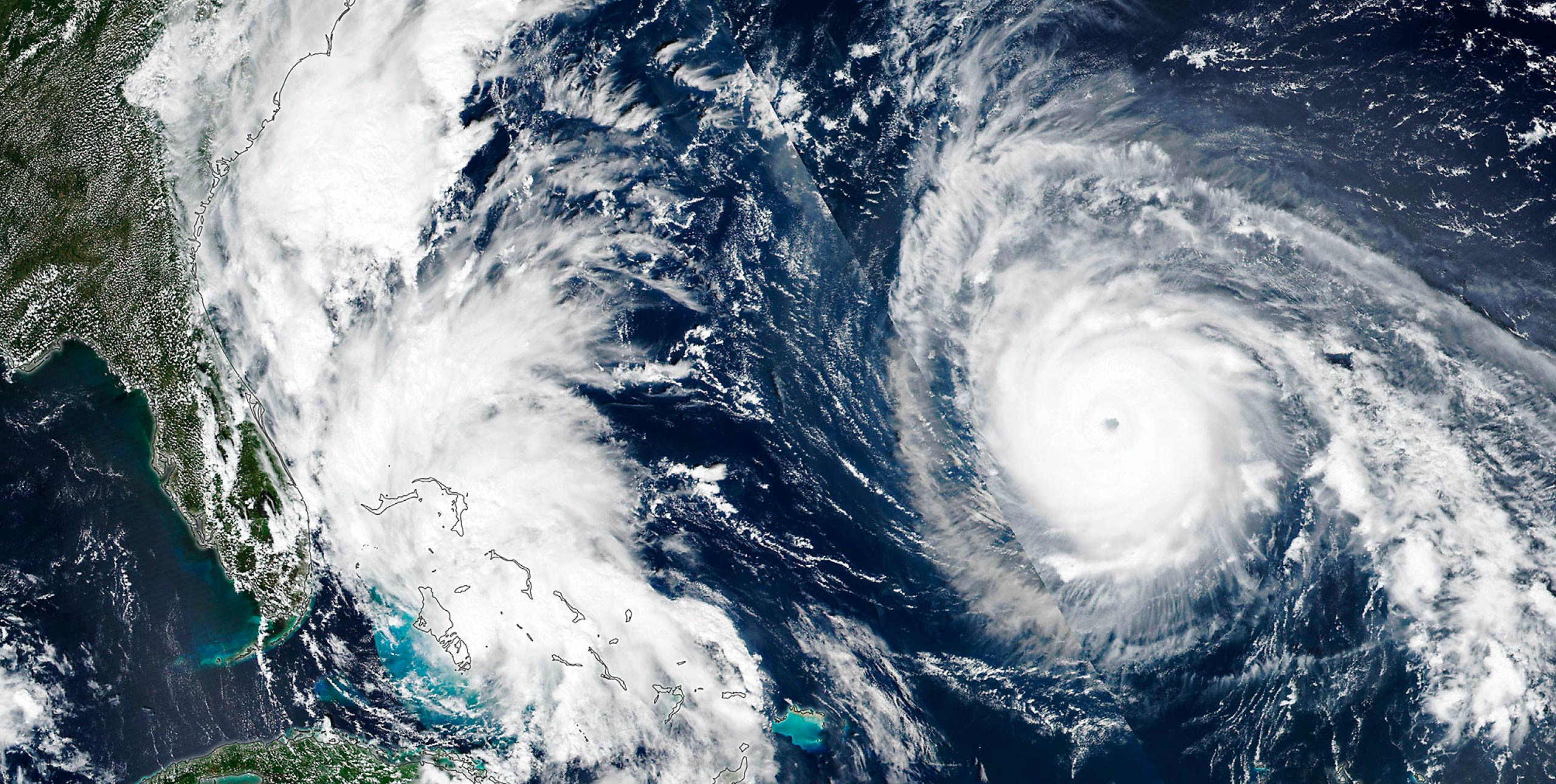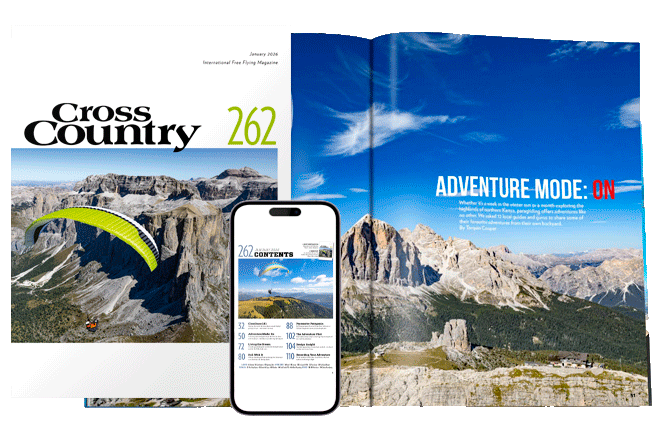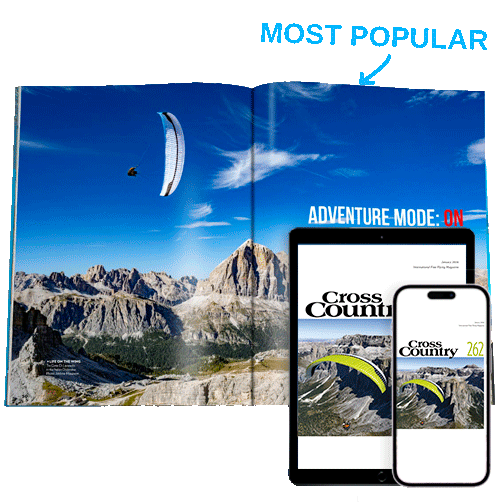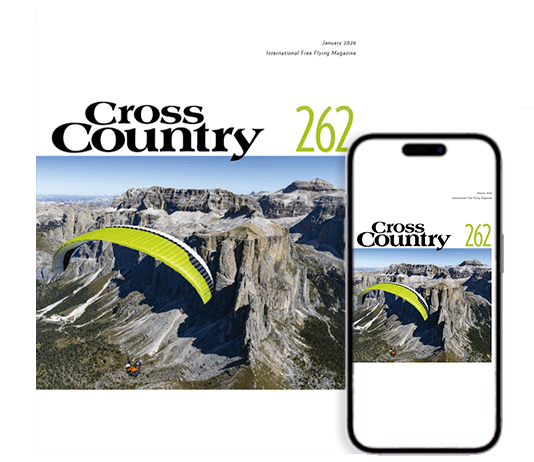
Hugh Miller and Laurent Boninfante flew Advance’s latest EN-B, the Epsilon 9, and found a paraglider that offers sensitivity with good passive safety.
Advance’s first Epsilon was created in 1994 – 25 years ago. We are now on the Epsilon 9. That’s significant, because it reveals something about the heritage behind this wing, and indeed Advance.
Advance have a reputation for excellent (Swiss) workmanship and finished gliders with fine handling. They are always designed with a specific pilot-type in mind – you will never find Advance trying to squeeze an, ‘EN-C into the EN-B class’ for example. Like a lot of things out of Switzerland, reliability and consistency are underlying watchwords.
A couple of groups of pilots will be interested in this wing. The first is the group of dedicated ‘Epsilon pilots’ who know how to fly, love their glider, and might be looking to upgrade from an Epsilon 7 or 8. The second is the new pilot looking for a wing that will help them progress safely and smoothly as they spread their wings and learn about thermalling and flying XC.
Last issue I explored how to choose your second paraglider, and discussed the process at length with new pilot Laurent Boninfante. He’d bought an EN-A straight out of school last year and was now looking to upgrade. For this review I lent him the Epsilon 9 to see what he thought, and he headed straight off to Algodonales in southern Spain for a week. “Boating along the dunes for five hours, thermalling and going XC on two occasions (11km and 16km) – and making it to cloudbase twice!”
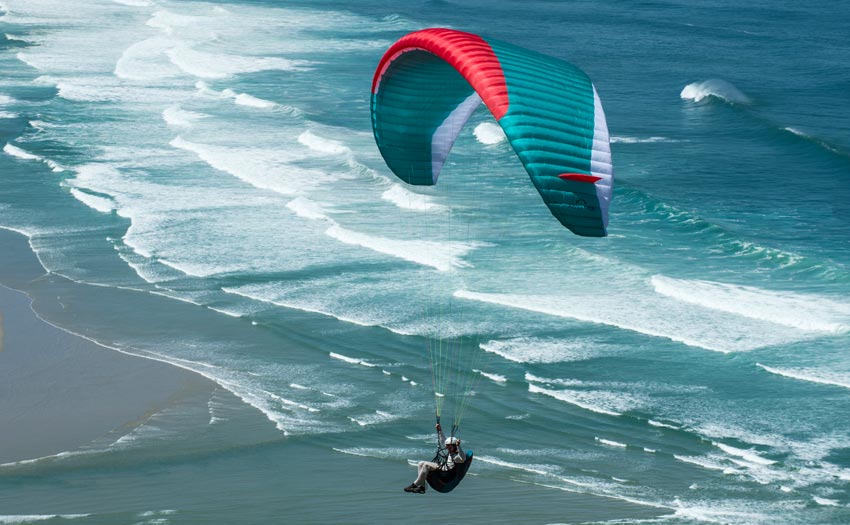
Presentation
Like all Advance wings since the dawn of time, the presentation is second to none. The glider comes in a snug compress bag inside a “beautiful” Advance rucksack, the Comfortpack 3. “It all screams ‘premium’ and it’s hard to resist, really,” Laurent said. “Unfolding it the attention to detail is obvious.”
Wrapping the Epsilon 9 in a compress bag is a brilliant suggestion that with this glider you’re getting something a little extra. That finessed design detail continues throughout the wing. Super sleek risers, semi-elliptical cell openings, immaculate stitching and cut: dead straight lines along the trailing edge, with perfect V stitching glistening under the tape.
Laurent immediately liked the fact that the slim risers are colour-coded: red for left and blue for right. (Although it promoted a blindingly obvious question to which we had no immediate answer: “But why don’t all manufacturers stick to the same colours?”) And he liked the speedbar speed indicator. This is a series of small icons on the riser that show where the 0/30/80% points on the speed bar are. Brake handles were deemed “comfortable” and the magnets to hold them in place when not in your hands worked fine.
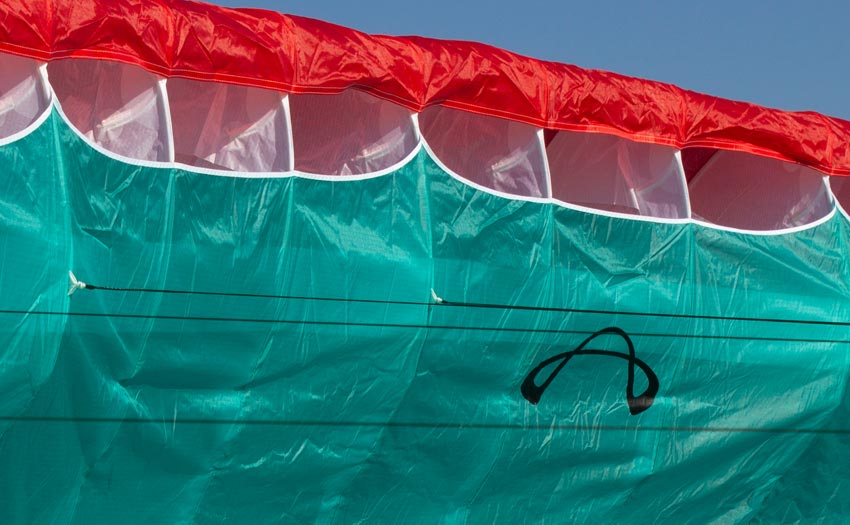
Inflation and launch
Things got interesting at launch. Laurent found launching in light wind easy and straightforward: “It pops overhead”. But in strong winds he found it needed a, “well-timed decisive step forward” to bring it to mark overhead. It challenged his beginner skill level (25 hours), especially coming from an EN-A wing.
Advance’s manual states that the wing does launch quickly, and recommends only a very light pull on the risers in strong winds. This is an early indicator of the sensitivity of the glider (in a good way). Typically, Advance wings respond well to sensitive handling: to get the most out of the glider, pilots new to the brand should be gentle in their approach. In strong wind, for example, try not touching the risers – simply lean back and ease the glider up.
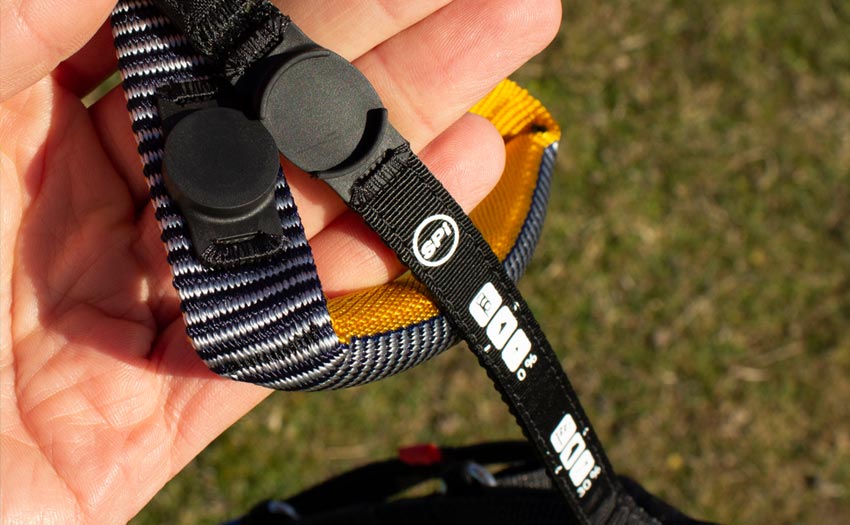
In flight
The fun started in the air, and is one of the reasons why many weekend pilots who are Epsilon fans simply stick with the glider for life and don’t feel the need to “step up” a level. It’s a lot of fun! “Holy cow!” was Laurent’s immediate response. “Agile, responsive and with plenty of feedback.”
He added: “The brakes actually do something right away when you pull them, and the energy of the wing can be felt in the way it takes you towards the turn.”
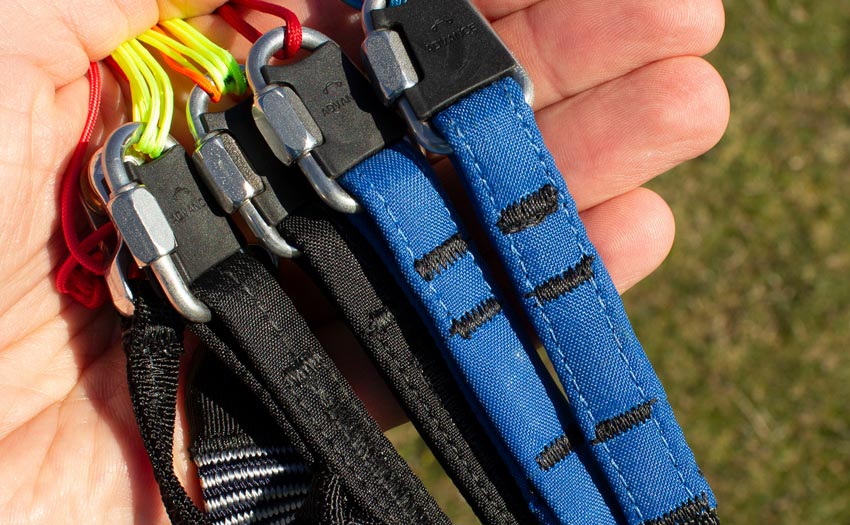
Welcome to paragliding!
Coming from an EN-A to the Epsilon 9 Laurent felt he had to step up himself and quickly get to grips with the new feel and sensations. “I realised my weightshifting is rubbish!” he said. The glider is forgiving but definitely requires piloting. You won’t get away with sitting there like a potato.
“I had to basically re-learn what to do with my body in turns,” Laurent said. “I learned how to properly lean into the direction of the turn, letting the glider bank my body up at an angle, instead of fighting it. I got more effective at controlling the roll, and also tried to be more subtle with my brake inputs.”
That sounds like useful pilot progression to us. It’s also clear that while Laurent was learning and being challenged, he was doing it on a wing that is designed to take care of new pilots as they learn. Popping the wing up myself and playing on the ground in a light breeze, with half a wrap on the brakes I could lock my arms straight and the glider still would not stall. This is amazing passive safety. In the air, the brake pressure is slightly lighter than, say, the Buzz Z6, and it also requires more finesse. But there is a lot of pilot pleasure to be had.
Laurent discovered this forgiving nature and long stall point for himself. “It feels like it can take a fair bit of deep brake very happily,” he said. “I came in to top-land at Mataslacañas, a coastal site, in strong wind and had my brakes down well below my karabiners just over the ground and the Epsilon was still flying happily.”
He added: “The glider felt stable overhead in flight and never showed any sign of collapsing. It does indeed seem happy and forgiving in the air.”
Laurent’s conclusion was that the Epsilon 9 is a “very different creature” to what he was used to. “And it exposed my poor flying skills. After my modest 25 hours’ flying I thought I was doing OK on basic things like reverse launch and weightshifting. But clearly I still have a lot to learn!”
However, he added: “I really like the energy and the feedback I get from flying the Epsilon 9 though, and I think I can now progress to become better at flying.”
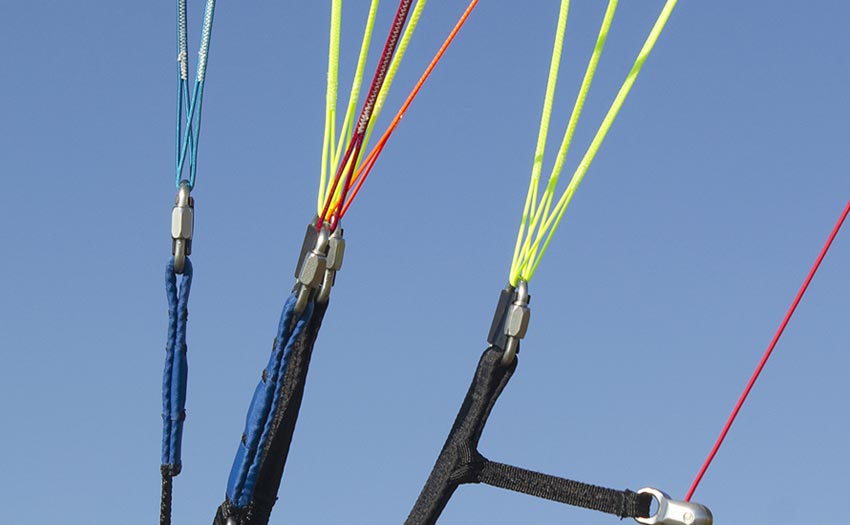
Epsilon fans
For pilots who are already fans of the Epsilon, and apart from the obvious answer (shiny new glider!) is it worth upgrading? Well, there are a few subtle but interesting changes. Most notably the wing is available in five sizes, compared with the Epsilon 8’s four sizes. This means slightly narrower “ideal pilot weight” bands, so you will be able to be more precise about where you place yourself in the weight range. For example, the ideal pilot weight given for the Epsilon 9 (30) is 110-125kg; for the Epsilon 8 (29) it is 95-125kg.
There has also been a slight tweak in aspect ratio from 5.15 to 5.2 and a couple more cells added (47 instead of 45). The weight of the glider remains pretty much the same (4.15kg for the smallest size in both E8 and E9).
Technology includes internalised miniribs aimed at creating a smooth trailing edge, a sharknose for “good-natured stall characteristics” and sliced diagonals. Lines are an “easy to see … intelligent mix” of sheathed and unsheathed lines. A unique dust removal system along the trailing edge is also new – small holes in the corner can be left open in flight to allow all the dust in the wing to blow out.
Conclusion
A wing like the Epsilon 9 has to satisfy the widest range of pilots. Too damped and dull and the old-not-bold XC pilots will choose something else for their weekend fun. Spec it up too much and it becomes inaccessible and difficult for new pilots who are learning about glider management, thermalling and XC flying. So there is a balance to be had. With the Epsilon series Advance have always been masters of this balance, and they have not faltered this time.
If you are a new pilot who has feel, sensitivity and ambition to learn, then this glider will be a perfect companion for a long time. It will forgive mistakes and enhance skills. Equally, if you are an experienced pilot who wants sensitive handling with lots of passive safety for stress-free but fun XC flying, then the Epsilon 9 will deliver.
Just as it did in fact for our test pilot Laurent. Reader, he bought one!
Q&A: VALERY CHAPUIS
Manager, Advance
At 4.4 kg, and featuring the compress bag, it feels like this is a semi-light design, and that Advance is purposely positioning itself as the lightweight, adventurer’s brand. Is that right? Can you say more about this philosophy?
In the last 10 years we’ve gained loads of experience in designing lightweight wings, including the new Omega X-Alps 3. But just replacing heavier materials with lighter ones isn’t enough. The key is to use a more intelligent, efficient internal design.
With the help of sophisticated computations we can analyse regions with high and low strains before manufacturing a prototype. The low strain regions are cut away and the high strain regions are reinforced. The Epsilon 9 is built with normal weight fabrics, which are used very efficiently.
So yes, we’d agree, and you could call the Epsilon 9 “semi light” as, weight-wise , it sits between the standard and light versions of our competitors’ products. And we’d like to think we are the adventure pilot’s first choice. An Advance XC package weighs only 9kg and can take you 300km!
How do the mini-ribs help?
Wider cells have more ballooning and mini-ribs reduce this ballooning near the trailing edge. They also change the sail tension, reducing brake pressure. The drawback of mini-ribs is their added weight. We minimised this by cutting as many holes as possible into the mini-ribs. We also made all the stitching internal, inside the canopy, so the stitching can’t get pulled out or damaged when groundhandling.
As with many EN-Bs, I found I could lock my arms straight without the wing stalling. Was this a conscious choice, to make a really low stall point? When flying the Iota on SIV, I found it very reluctant to stall or stay in tailslide, and you said this was a conscious decision, to help intermediate pilots be safer.
Intermediate and beginner pilots need a high safety margin. It’s no secret that most accidents are caused by pilot over-reaction. A low stall point increases the safety margin. Less skilled pilots often overestimate the available space on final approach. We’ve all had situations where buildings, trees or other obstacles at the end of the field suddenly rush up to us. The most intuitive reaction is to pull the brakes further and further. Clearly a low stall speed is therefore a huge benefit.
The handling is really precise and fun, with a very connected feel to the wing. How did the designers accomplish this?
It’s a combination of the optimisation of the lift distribution and the brake-fan design. The glider reacts immediately to control inputs. This makes the glider more fun to fly. But you also get instant feedback, which hopefully prevents you from over-reacting.
What were the real challenges of improving on the predecessor?
The Epsilon 8 was one of our most successful wings ever and pilots loved it. So we didn’t try and redesign from scratch. Instead, we carefully analysed its pros and cons and improved the performance significantly.
Is it a possible ‘first’ wing for people straight out of flying school?
We do not express this in hours, however if you come out of school and have some talent, the Epsilon 9 is a good choice. It fits perfectly between the Alpha and Iota series.
MANUFACTURER’S SPECIFICATIONS
Advance say: “Our Epsilon series delivers a positive experience and high feel-good factor”
Use: XC, hike-and-fly, travel and paramotoring
Pilot level: From talented new pilots up
Sizes: 22, 24, 26, 28, 30
Area (m²): 22.1, 23.9, 25.9, 27.8, 29.8
Certified take-off weight (kg): 60-77, 70-88, 80-100, 92-114, 105-128
Ideal take-off weight (kg): 65-75, 75-85, 85-97, 97-110, 110-125
Glider weight (kg): 4.15, 4.4, 4.65, 4.95, 5.25
Cells: 47
Flat aspect ratio: 5.2
Certification: EN B, also DGAC for paramotor
Reviewers
A new pilot, Laurent Boninfante is a digital marketing expert who has now lost his heart to paragliding. He flew the Epsilon 9 in thermals and soaring in Spain and the UK. Hugh Mille has been flying for 25 years and regularly reviews paragliders for Cross Country.
The Epsilon 9 review was published in Cross Country issue 202, August 2019.



